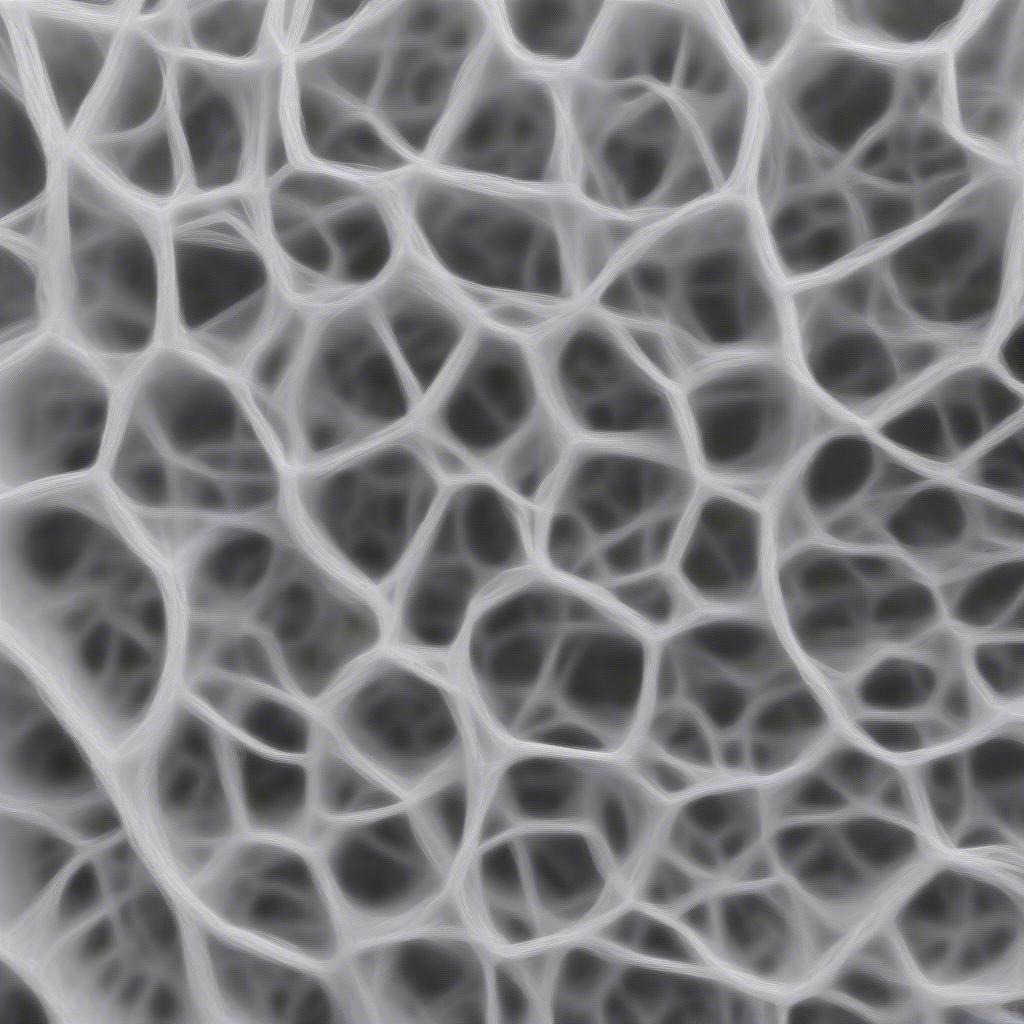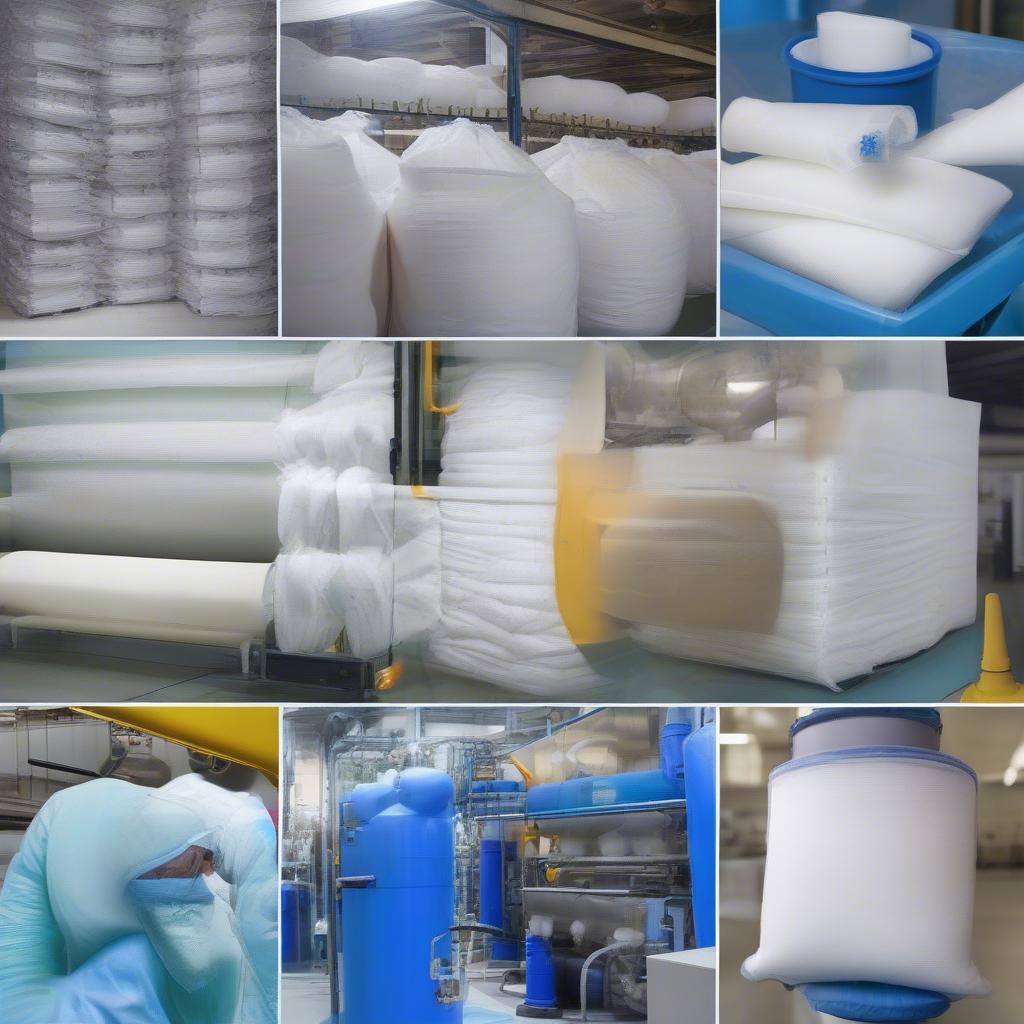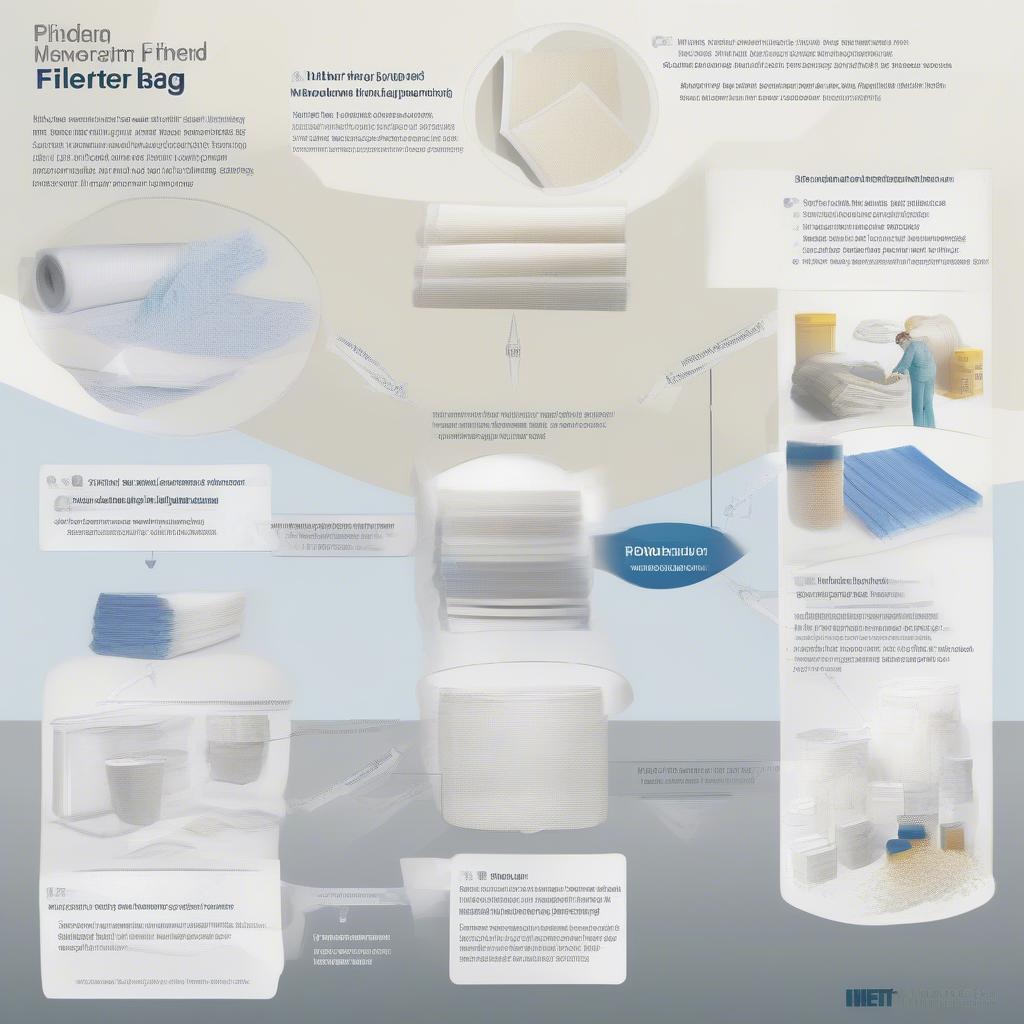Woven Bag
Understanding Non-Woven Filter Bags: A Comprehensive Guide
Non-woven Filter Bags are essential components in various filtration systems, offering a cost-effective and efficient solution for removing particulate matter from liquids and gases. This guide explores the intricacies of non-woven filter bags, covering their materials, applications, advantages, and selection criteria. non-woven filter bags are versatile and adaptable, making them a popular choice across diverse industries.
What are Non-Woven Filter Bags?
Non-woven filter bags are manufactured from synthetic fibers bonded together through mechanical, thermal, or chemical processes, creating a porous structure that traps solid particles while allowing fluids to pass through. Unlike woven fabrics, which have intersecting threads, non-woven materials offer a more random fiber arrangement, leading to unique filtration properties. These bags offer a balance of efficiency, durability, and affordability.
 Non-Woven Filter Bag Structure
Non-Woven Filter Bag Structure
Advantages of Non-Woven Filter Bags
Non-woven filter bags boast several advantages over other filtration methods:
- High Filtration Efficiency: The intricate fiber structure effectively captures a wide range of particle sizes.
- Cost-Effectiveness: Non-woven materials are generally less expensive than woven alternatives.
- Durability: These bags can withstand high temperatures and pressures, ensuring a longer lifespan.
- Versatility: Available in various sizes, micron ratings, and materials, non-woven filter bags can be customized for diverse applications.
- Easy Disposal: Many non-woven filter bags are disposable, simplifying maintenance and reducing downtime.
Applications of Non-Woven Filter Bags
non-woven bag filter find applications across a wide range of industries, including:
- Chemical Processing: Filtering chemicals, resins, and solvents.
- Food and Beverage: Clarifying liquids and removing impurities.
- Pharmaceuticals: Sterilizing and filtering pharmaceutical products.
- Water Treatment: Removing sediment and other contaminants from water.
- Dust Collection: Capturing dust and particulate matter in industrial settings.
 Non-Woven Filter Bag Applications in Various Industries
Non-Woven Filter Bag Applications in Various Industries
How to Choose the Right Non-Woven Filter Bag?
Selecting the appropriate non-woven filter bag involves considering several factors:
- Micron Rating: Determines the size of particles the bag can filter.
- Material: Choose a material compatible with the fluid being filtered. Common materials include polypropylene, polyester, and nylon.
- Bag Size and Style: Select a bag size and style that fits your filtration system.
- Operating Temperature and Pressure: Ensure the bag can withstand the operating conditions.
What are the different types of non-woven filter bags?
There are several types of non-woven filter bags, each with unique properties:
- Needle Felt Filter Bags: These are highly durable and offer excellent depth filtration.
- Spunbond Filter Bags: Made from continuous filaments, offering high strength and fine filtration.
- Meltblown Filter Bags: Provide very fine filtration and are often used in critical applications.
dust collection woven/non woven filter bags play a key role in maintaining clean air in industrial settings.
Exploring Manufacturing and Costs
Understanding the manufacturing process and cost factors associated with non-woven filter bags is essential for businesses. non-woven filter bags manufacturer employ specialized equipment and techniques to create high-quality filter bags. Factors influencing the cost include material type, bag size, micron rating, and order quantity. Resources like non woven bag making machine price alibaba can provide insights into machinery costs.
 Non-Woven Filter Bag Manufacturing Process
Non-Woven Filter Bag Manufacturing Process
Conclusion
Non-woven filter bags offer a reliable and efficient filtration solution for a wide range of applications. By understanding the different types, materials, and selection criteria, businesses can choose the ideal non-woven filter bag for their specific needs, optimizing performance and minimizing costs.
FAQ
- What is the lifespan of a non-woven filter bag?
- How often should non-woven filter bags be replaced?
- Can non-woven filter bags be cleaned and reused?
- What are the common materials used for making non-woven filter bags?
- What is the difference between woven and non-woven filter bags?
- How do I choose the right micron rating for my application?
- Are there different types of non-woven filter bags for specific applications?
When you need support, please contact us at Hanoi, Vietnam or Tech Avenue, Suite 12, San Francisco, CA 94105, USA. We have a 24/7 customer support team.
